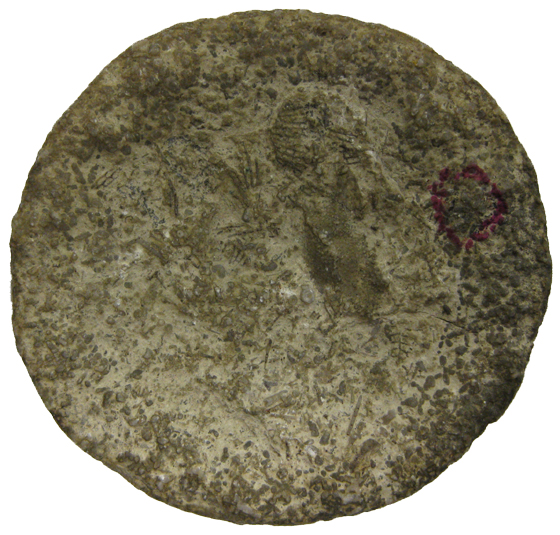
 |
 |
Science
Olympiad
| Phylum Porifera | |
Sponges
are the simplest animals. Sponges do not have tissues or
organs. However, the cells that make up a sponge are integrated
and organized to filter feed, dispose waste, reproduce
and secrete a shared porous skeleton. As the simplest form
of
multi-cellular life, sponges possess the property of cell
recognition. A fine mesh can be used to separate sponge
cells individually after which, they will recombine to
form a new sponge. Sponges are sessile, filter-feeding
organisms that live in both marine and freshwater environments. Sponges
are covered with small intake pores called ostium. A
one-way current carries the water into an internal cavity(spongocoel)
and out
a larger opening, the osculum. The walls of a sponge
are made of two cell layers separated by and embedded in
a gel-like substance called mesoglea. Pinacocytes are leather-like
cells that line the outside wall. Collar cells (Choanocytes)
equipped with flagellum line the inside
cavity and create the one-way water current. Collar cells
trap small particles and plankton. Within the gel-like layer
amoebocytes (amoeba-like cells) distribute food, remove waste,
and build skeletal structures called spongin and spicules.
Spicules are made of silica or calcite. Sponges secrete a
calcite or aragonite base that serves to anchor the organism
to a substrate. Sponges produce both sexually with sperm
and eggs as well
as asexually through budding. The larvae and the collar
cells of sponges are evidence for evolutionary ties to the
flagellated protists. When a sponge dies it disintegrates
leaving the spicules behind. The mineralized spicules
are the part of a sponge that is most likely to be fossilized.
Traditionally, sponges have been divided into three classes. Sponges are known from Precambrian deposits and representatives from all three classes range from the Cambrian to the present. Glass sponges (class Hexactinellida) are represented by sponges with silica spicules. Members of this class helped to build massive reefs in the late Devonian. Calcareous sponges (class Calcarea) are represented by sponges with calcite spicules. Calcarea sponges were important reef builders in the Permian and Triassic. Common sponges have skeletons made of the protein spongin (class Demospongea). Some fossils that have close affinities with sponges are stromatoporoids, which were important reef builders during the Silurian and Devonian periods and archaeocyathans, which were the first multi-cellular reef builders during the Cambrian. Fossil
sponges can be used as indicators of paleoenvironments.
Sponges are sensitive to currents, turbidity and depth.
Thus, species of sponges can be clues to the environmental
conditions present during their lives. |
|
|
|
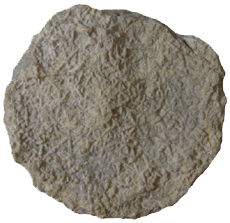 Astraeospongia meniscus Silurian Beech River Formation Perry County, Tennessee 5.5 cm diameter |
 Astraeospongia meniscus Silurian Beech River Formation Perry County, Tennessee 5.5 cm diameter Side View |
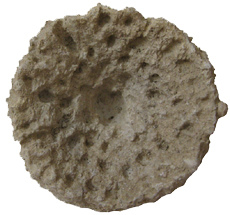 Elasmostoma sp. Jurassic Poitiers, France 5.5 cm diameter
|
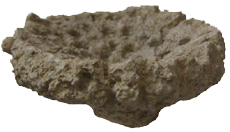 Elasmostoma sp. Jurassic Poitiers, France 5.5 cm diameter Side View |
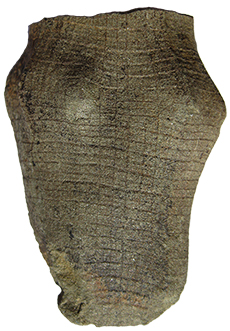 Hydnoceras bathense Chemung Group, Frasnian Upper Devonian Bath, Steuben Co. New York 5 x 4 cm |
|
Bibliography |
|
Prothero, D.R. (1998). Bringing Fossils to Life: An Introduction to Paleobiology. New York: McGraw-Hill. Walker C. & Ward D. (2002). Smithsonian Handbooks: Fossils. New York: Dorling Kindersley |
|











